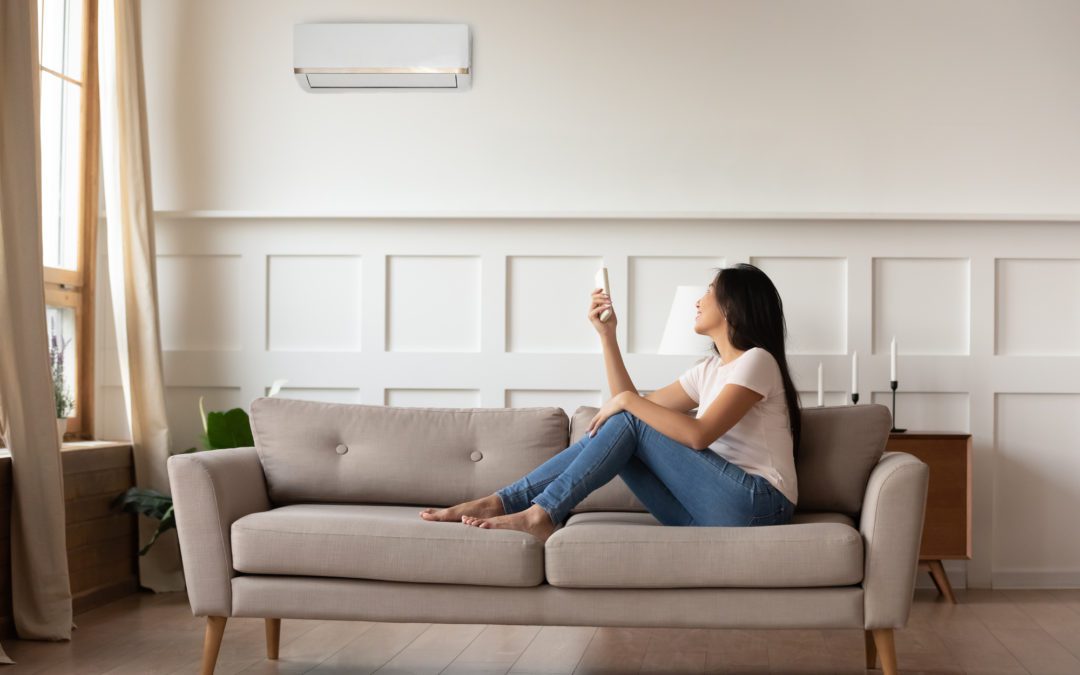Few things are worse than have your home’s air conditioning unit break down in the middle of a summer heatwave. 95-degree temps are tough enough to deal with in the best of circumstances; they’re much worse when you can’t retreat to the calming, relieving cool of your air-conditioned home. As summers get progressively hotter in many parts of the United States, the need for reliable home cooling is more pronounced than ever before. Fortunately, merely having an annual summer checklist for air conditioning repair and maintenance can help you avoid a summer AC breakdown and all the ensuing pain points it can cause.
Your Summer Air Conditioning Checklist
When it comes to HVAC systems, it’s easy to fall into a sense of complacency. There’s an “out of sight, out of mind” tendency when it comes to HVAC that you wouldn’t have with most of the other appliances in your home. For instance, you probably clean your refrigerator semi-regularly, and you’d probably call for maintenance right away if it started acting up. Because you see and directly engage with your refrigerator every day, it’s easier to notice when something is wrong or realize that some basic upkeep is due. Our relationships with our HVAC systems tend to be more passive. The AC unit, for many people, is outdoors. The furnace is tucked into a corner of the basement. We hear them come on in the summer or the winter, and we certainly feel their effects, but we don’t pay super close attention to their care and upkeep until things get dire.
Following this checklist for summer air conditioning repair and maintenance will help to break this passive holding pattern and get you to pay closer attention to the system that keeps your house at a safe, agreeable temperature all summer long.
1. Call an HVAC professional for a checkup
Generally, it’s a good idea to have all the components of your home’s HVAC system checked each year. If you can, try to get in the habit of scheduling maintenance calls for your air conditioning unit in the spring and your furnace in the fall. That way, you can make sure your cooling and heating systems are ready for the work that’s about to be demanded of them. Even if you missed the springtime call for HVAC maintenance, though, that’s no big deal. An HVAC technician will be more than happy to come out to your house, check your unit and it’s unused capacity, and carry out the more technical aspects of the air conditioner upkeep checklist.
2. Change the air filter
You don’t need an HVAC technician to carry out some of the more basic elements of air conditioner care. Case-in-point is the HVAC air filter, which you should change once or twice a year at a minimum—more if you have pets! An air filter plays a vital role in catching dust, dirt, hair, and other contaminants before they make their way into the air conditioning unit itself. Changing your filter regularly not only protects the AC unit from premature and avoidable damage, but it also helps preserve the air quality in your home. Best of all, this kind of upkeep is easy to do on your own, with no tools or expertise. Just make sure you are buying the right kind of filter for your system.
3. Check the vents
Now is a great time to go around your house and check all your vents, including vents for supply (vents that cool air comes out of when your air conditioner is running) and return air (vents that pull in air and return it to the AC unit to be cooled).
If you notice a buildup of dust or debris on or around your vents, you may be due for a duct cleaning. Cleaning your ducts removes those impurities from the air so that they don’t recirculate again and again. It also helps keep airflow pathways open, which in turn means that your AC unit doesn’t need to work quite so hard to cool the house. Cleaner ducts and vents can lead to a more efficient AC unit and a longer lifespan to boot.
While you are checking the vents, also make sure that all your supply vents are open. It’s not entirely uncommon for homeowners to close supply vents in some rooms, particularly those that are unused. The popular belief is that closing vents in unused rooms will save energy because the air conditioning won’t be wasting power to cool those rooms. In truth, your AC unit will still be pushing out the same amount of cool air—and that cool air will find its way into the unused rooms—but will be doing it less efficiently. Opening all your vents and allowing a freer flow of air throughout the home is always a good thing.
4. Watch for warning signs that might indicate a need for air conditioning repair
Finally, keep an eye out for signs that indicate serious problems with your AC unit. Are you only getting lukewarm air from your vents? Is the house consistently hotter than the temperature you’ve set on your thermostat? Is the AC unit making strange noises? Are your utility bills getting progressively higher for no apparent reason? These issues and others are indicators that something is wrong with your AC unit and that it might be time to call for an air conditioner repair. Rather than wait for a total breakdown, call your HVAC technician for maintenance right away.

